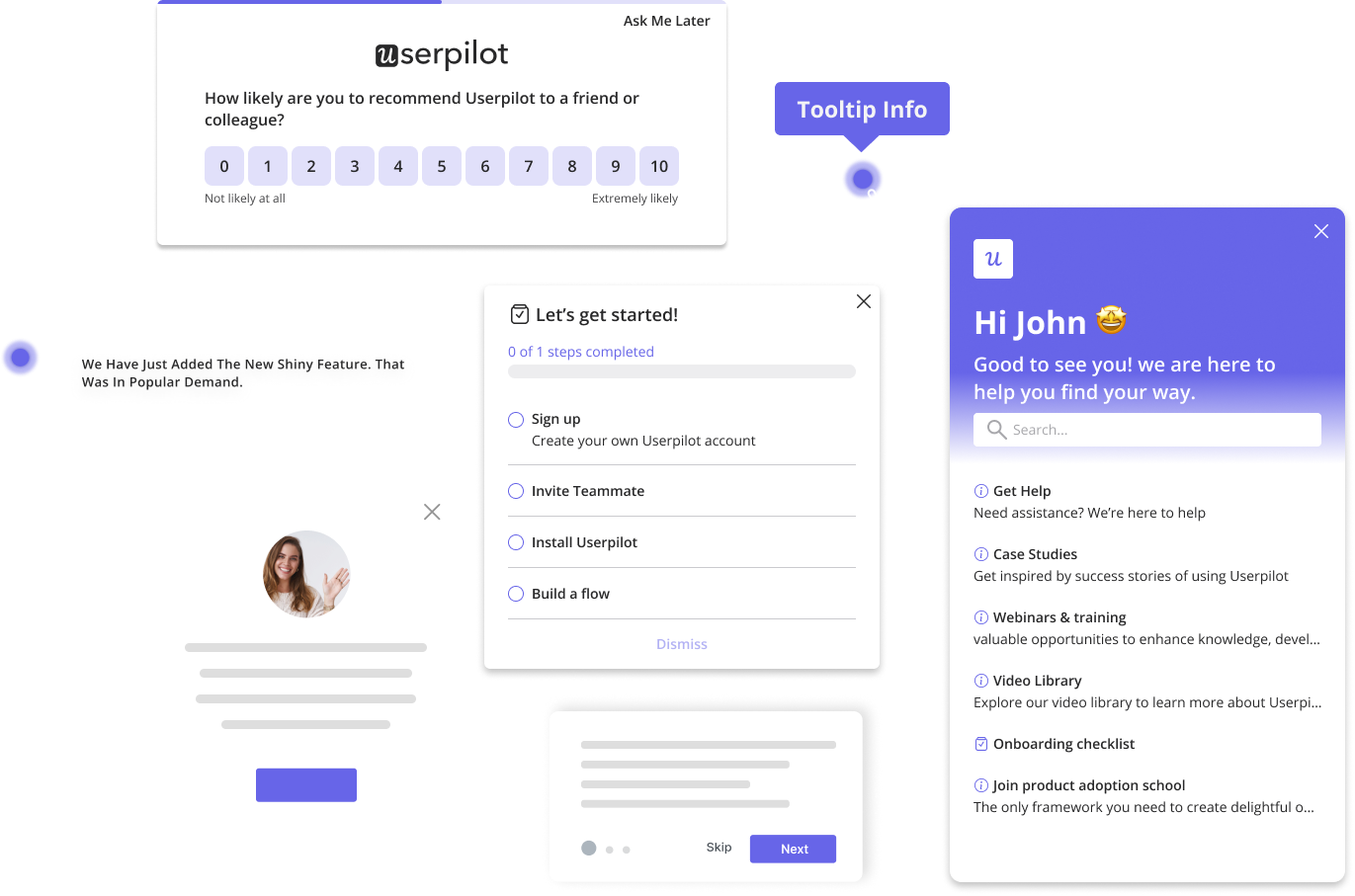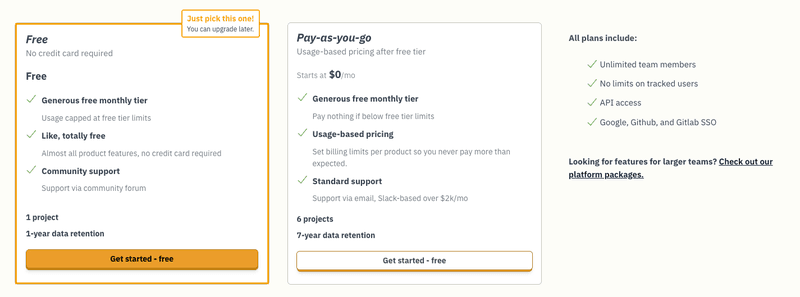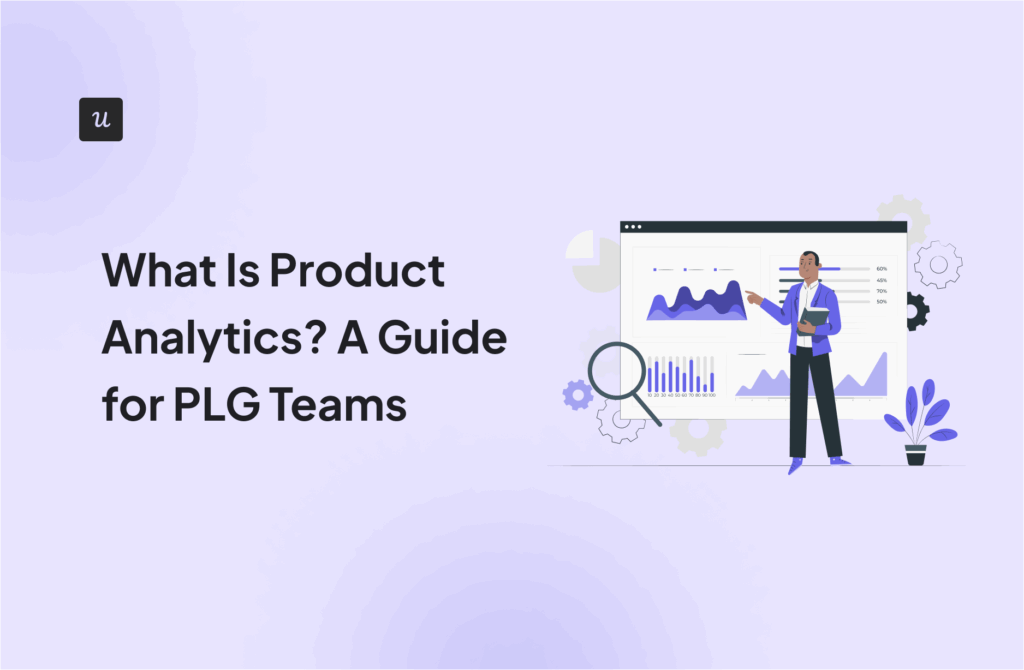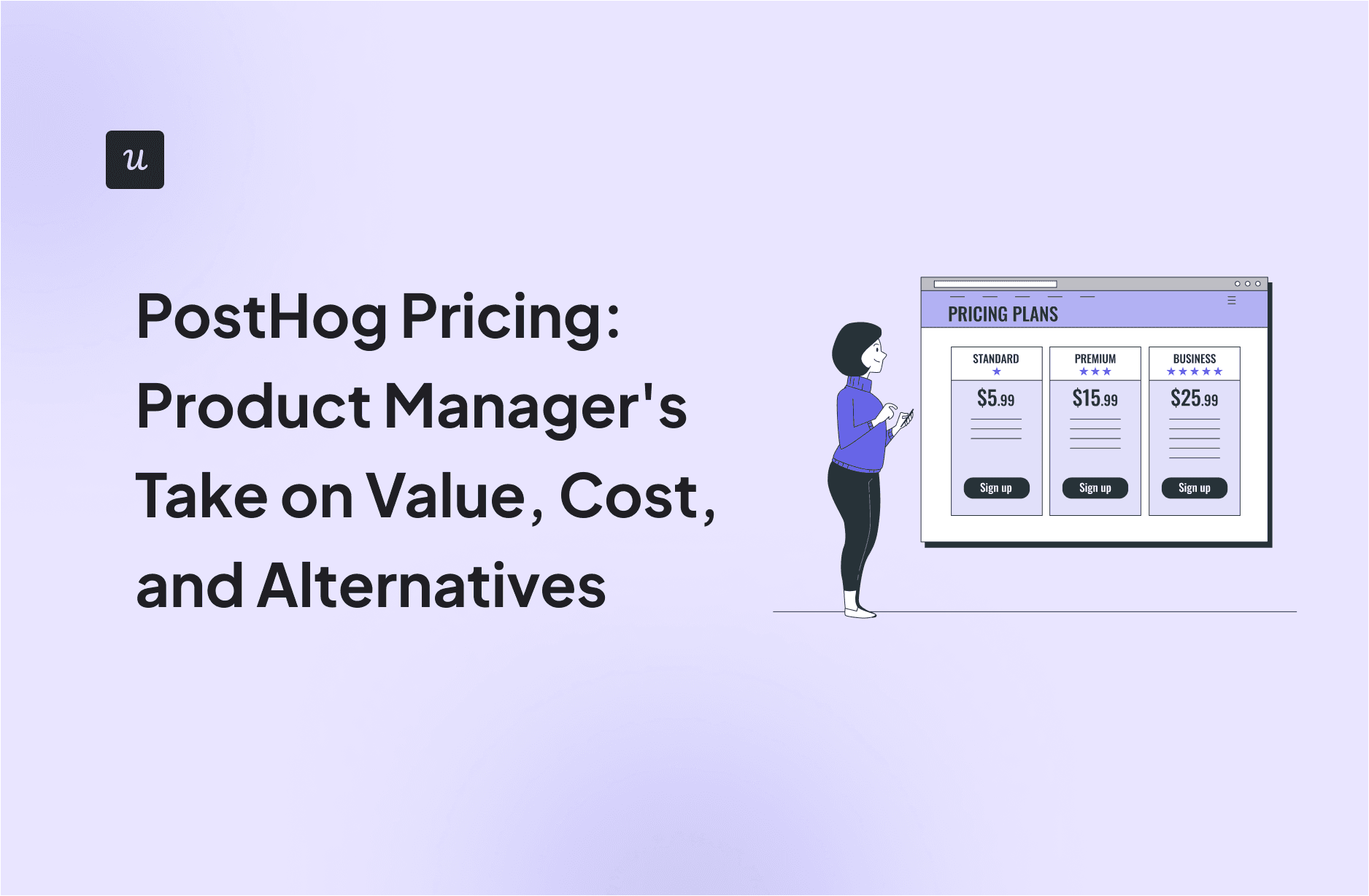
PostHog Pricing: Product Manager’s Take on Value, Cost, and Alternatives
PostHog positions itself as a “Product OS,” combining product analytics, feature flags, and session replay in one platform. This all-in-one approach appeals to teams seeking a more streamlined workflow, but is PostHog pricing really worth it?
In this guide, I’ll break down the platform’s pricing from a product manager’s perspective. We’ll examine where the real value lies, how to estimate costs more accurately, and when an alternative might be more suitable for effective product management.
What’s your primary goal with a product analytics tool?
Try Userpilot Now
See Why 1,000+ Teams Choose Userpilot
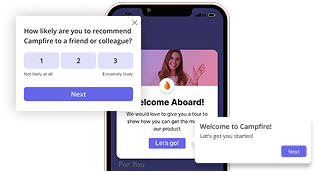
What is PostHog?
PostHog is an open-source, all-in-one platform built primarily for engineers and product teams.
It combines over 30 tools in a single environment to help teams track user behavior, experiment with new features, and debug issues in real time.
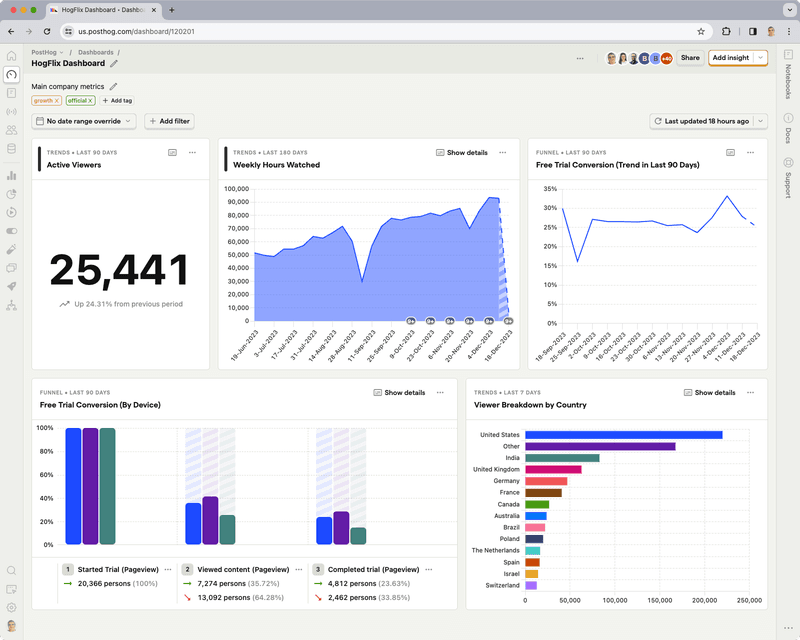
PostHog’s key features
PostHog’s suite covers four key categories:
- Customer data infrastructure: PostHog provides a data warehouse, CDP, ETL, and native integrations that handle data collection, transformation, and storage. These data pipelines ensure your event data stays consistent and accurate as your product scales.
- Analytics and data visualization: The platform’s analytics layer helps product teams move from raw data to meaningful insight. It covers web, product, revenue, and even LLM analytics, all visualized through customizable dashboards. You can track funnels, retention, and cohort behavior in real time, then tailor dashboards to specific teams or objectives.
- Product engineering tools: Beyond analytics, PostHog doubles as a development companion. It includes session replay, experiments, feature flags, and error tracking to support continuous iteration. Each tool naturally integrates into a product team’s workflow, allowing you to observe user behavior, test product improvements, deploy updates, and monitor results all within one loop.
- Communication and feedback: PostHog lets you build in-app and website pop-up surveys to collect contextual feedback code-free. The platform has also signaled plans to further expand this area, with upcoming features for user interviews and engagement workflows that will make feedback collection more interactive and insightful.
Most product organizations rely on several separate tools to manage analytics, experimentation, and feedback, each with its own data model and maintenance cost. According to Forrester, this fragmented setup can lead to as much as a 30% productivity loss due to context switching and integration challenges.
PostHog solves that by centralizing everything in one platform. But as with any all-in-one solution, you need to ensure you’re definitely getting the value for the price.
How much does PostHog cost? PostHog pricing model
PostHog’s pricing model has a usage-based philosophy: you pay for what you use, nothing more. Instead of a fixed subscription fee or a set number of seats, your monthly or annual cost depends on how many events, session replays, and data points you track.
This offers an advantage for startups, preventing overpaying for unused capacity and allowing costs to naturally scale with your product’s traction.
To fit different team sizes and growth stages, PostHog offers three main plans:
- Free tier.
- Pay-as-you-go plan.
- Platform packages.
Free plan
PostHog’s free plan is one of the most generous free tiers I’ve seen as a product manager. It offers several allowances that support meaningful experimentation and early growth:
- Product analytics: 1 million events per month, enough to uncover key user behavior patterns for most small or early-stage products.
- Session replay: 5,000 recordings, ideal for reviewing core user journeys and spotting usability issues.
- Feature flags: 1 million requests, suitable for running controlled rollouts or A/B tests with a moderate user base.
- Error tracking: 100,000 logged errors that give visibility into crashes, bugs, and performance issues affecting user experience.
- Surveys: 1,500 responses, which is sufficient for gathering targeted user feedback and validating product hypotheses.
Note: Once you reach the monthly limit for any feature, tracking and data collection pause automatically until the next cycle or an upgrade.
Pay-as-you-go plan
When you reach the free tier limits, PostHog prompts you to transition to its pay-as-you-go model, which charges per unit across various products.
Pricing varies slightly depending on event volume, but here’s an idea of where it starts:
- Product analytics: from $0.00005 per event (about $50 for 1 million events).
- Session replay: from $0.005 per recording, or roughly $5 for 1,000 recordings.
- Feature flags: from $0.0001 per request, or about $100 for 1 million requests.
- Error tracking: from $0.00037 per error event, or roughly $370 for 1 million logged errors.
- Surveys: from $0.10 per response, which comes to around $100 for 1,000 responses.
These rates may look small individually, but the costs increase quickly as usage scales. PostHog tries to buffer this by offering volume-based discounts at higher tiers. For example, survey pricing starts at $0.10 per response, decreases to $0.035 after 1,500 responses, and further drops to $0.01 once you exceed 20,000 responses. Still, actual spending tells a different story.
According to Vendr, the median PostHog contract value is $54,443 per year, based on verified customer data. This shows how a pay-as-you-go model can become a significant expense for teams running analytics, replays, and feedback collection at scale.
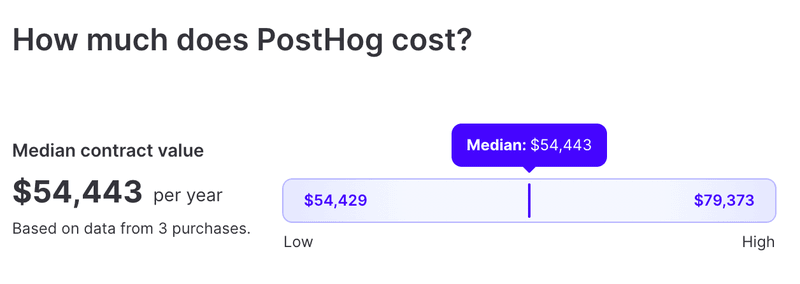
PostHog’s median price (use the pricing calculator on PostHog’s website to estimate your annual costs).
PostHog’s platform packages
For growing teams that need additional security, compliance, or collaboration capabilities, PostHog offers three platform add-ons on top of its core analytics suite:
- Boost add-on ($250/month): Designed for small to mid-sized teams, Boost unlocks essentials for managing multiple projects securely. It includes unlimited team members, unlimited projects, white labeling, and HIPAA BAA for compliance, along with SSO enforcement and enhanced collaboration controls. For many startups, this package provides the flexibility to scale responsibly without jumping straight to enterprise pricing.
- Scale add-on ($750/month): Scale builds on everything in Boost and adds priority support, SAML-based authentication, and more advanced access and provisioning controls. It’s meant for organizations that are growing quickly and need higher reliability, deeper integrations, and better administrative control.
- Enterprise add-on ($2,000/month): At the top of the stack, Enterprise is built for larger organizations with strict governance or compliance needs. It includes everything from the Scale plan plus RBAC (role-based access control), dedicated support, training, and advanced security and enterprise features. Teams also benefit from extended data retention of up to 60 months for session replays and five years for activity logs, as well as faster support response times (8 hours compared to 24 for the Scale plan).
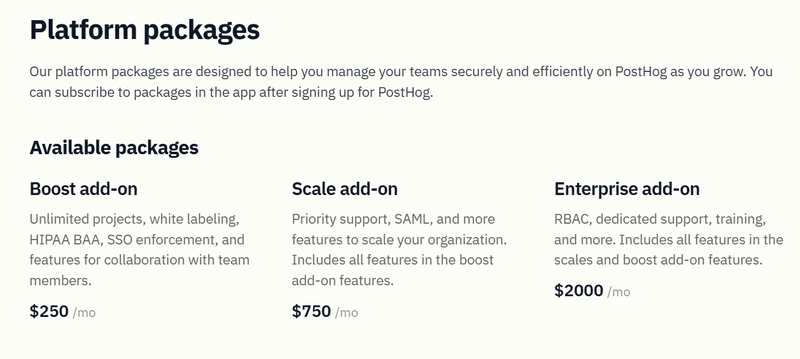
Pros and cons of PostHog
Pricing and features only tell part of the story. The real test of any tool is how it feels to use on a day-to-day basis. Here’s my take on where PostHog shines and where it can be a challenge.
Pros of PostHog
PostHog stands out for the depth of its analytics capabilities and how tightly its tools integrate. The platform’s strengths come through most clearly in four areas:
Comprehensive analytics toolset
From event tracking and funnel analysis to retention, cohorts, and path exploration, PostHog helps you analyze user behavior and identify where friction occurs within your product.
Beyond the raw metrics, I like how PostHog’s analytics are designed for real-world decision-making. It’s a strong foundation for any analytics strategy that aims to connect product performance with user experience.
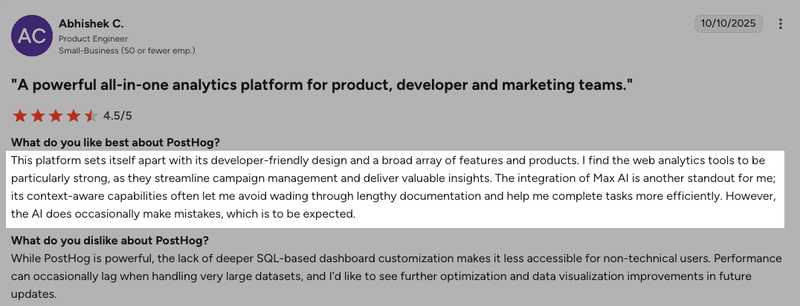
Open-source flexibility and customization
PostHog offers an open-source version that gives teams full control over how they deploy, customize, and scale their analytics. These self-hosting options make it especially valuable for engineering-led organizations that prefer to host their own data or tailor their stack to specific workflows.
The platform also has a highly active developer community on GitHub and Slack, where contributors share plugins, integrations, and fixes. That ecosystem keeps the platform evolving quickly and gives teams direct access to shared knowledge and ongoing improvements.
Cost-effectiveness (especially for SMBs)
For many small to medium-sized businesses, budget constraints are a real concern. PostHog’s open-source option eliminates licensing costs entirely for self-hosted deployments, making it an appealing option for teams that can manage their own infrastructure.
For teams using PostHog Cloud, the usage-based pricing model also keeps costs aligned with actual activity. You pay for what you use, creating a fair and transparent structure that scales naturally with your product’s growth.
Developer-centric approach
PostHog is built with developers in mind. It provides direct SQL access for advanced analysis, robust API access, and integrations across major web, mobile, and backend frameworks.
This reduces friction between product, data, and engineering teams, enabling faster collaboration and experimentation.
Cons of PostHog
For all its advantages, PostHog also comes with some challenges that can affect usability, scalability, or overall cost for certain teams:
Technical overload
While PostHog’s power for deep data exploration is undeniable, unlocking that power often requires significant setup time and a strong technical foundation, especially for product managers who aren’t also data scientists. Tasks such as configuring advanced custom event tracking, building data models in SQL, or designing complex dashboards often become specialized engineering work.
The learning curve doesn’t end after setup. Even cloud deployment needs some technical effort to integrate and manage effectively. Installation, database management, and performance tuning all require dedicated engineering resources. For teams focused on agility and quick insights, these technical dependencies can create real friction.
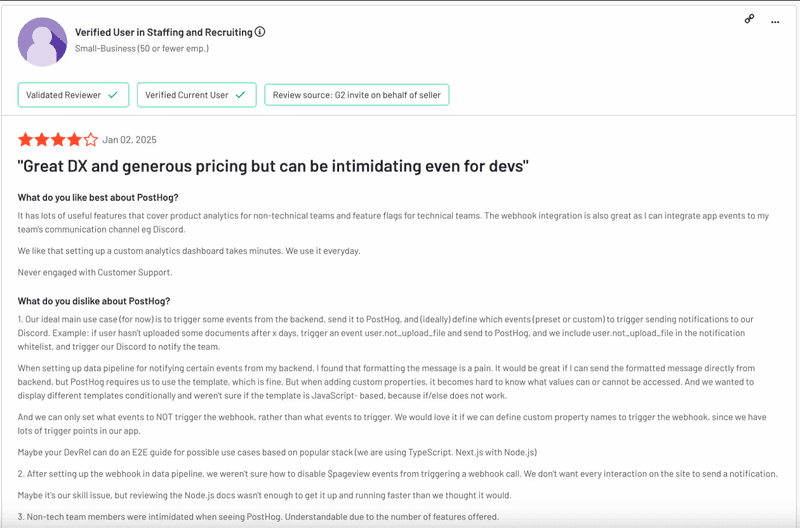
Unclear pricing and hidden costs
The allure of “free” and “open source” is powerful, especially for startups and budget-conscious teams. But with PostHog, “free” comes with its own costs in time, expertise, and infrastructure. Once you choose to self-host, your team takes on a range of operational responsibilities: managing servers, maintaining data privacy and security compliance (especially under GDPR), applying updates and patches, performing database backups, and scaling infrastructure as your product grows.
Even on the cloud version, pricing can escalate quickly. As mentioned earlier, PostHog’s pay-as-you-go model accumulates costs as usage scales, making it difficult for fast-growing teams to predict long-term spending. The result is a tool that starts affordably but can become a significant financial and operational commitment over time.

Fragmented insights
While PostHog undoubtedly excels at in-product analytics, its scope feels narrower when it comes to understanding the full user journey. The platform focuses heavily on granular event data rather than connecting user acquisition and in-app engagement into a single flow.
This often leads to fragmented insights and isolated data, making it difficult to connect the dots from user discovery and signup through to long-term engagement. For product teams, that gap limits visibility into acquisition, activation, and retention.
No in-app engagement features
PostHog provides valuable tools like session replay for qualitative analysis and feature flags for controlled rollouts, but its strength remains rooted in analytics and data capture.
Its feature flag functionality may support technical deployment actions like releasing a new feature to a segment, but it doesn’t offer the interactive components needed to guide users or influence behavior directly within the product interface. In other words, the platform falls short for product managers who need to act on insights by creating rich, interactive, and personalized tours, contextual tooltips, or adaptive checklists.
Userpilot: A fully no-code, all-in-one alternative to PostHog
Userpilot is an all-in-one, no-code platform designed to help product teams understand user behavior and act on it in one place.
It offers the same core analytics and reporting capabilities you’d find in PostHog, but expands far beyond them with multichannel engagement, in-app guidance, and product feedback tools. Because everything works without code, even non-technical users can install, customize, and launch experiences quickly.
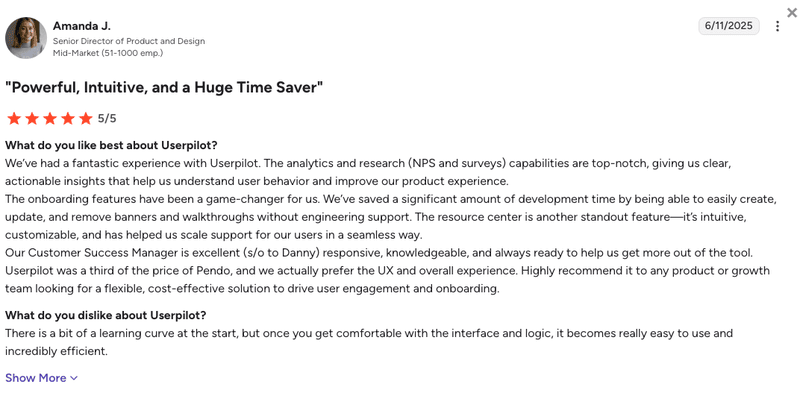
Why choose Userpilot over PostHog?
A few core strengths make Userpilot a more practical choice for product teams that want to move faster and act on insights without heavy engineering effort. Let’s discuss them:
Predictable MAU-based pricing
Userpilot offers a clear, MAU-based pricing model that aligns with product-led growth and budget planning. It makes forecasting straightforward and even allows safe testing in staging environments without extra costs.
This transparent pricing structure also simplifies decision-making across teams. Product managers can experiment freely without needing to check usage dashboards, finance teams can model growth scenarios with greater accuracy, and leadership can align spending directly with user engagement.

User engagement features to act on data right away
PostHog provides session replays and other features to help you understand user behavior, but it mainly functions as a diagnostic tool. Turning insights into action usually requires switching platforms or adding integrations.
Userpilot closes this gap by combining analytics with in-app engagement in a single platform. Without writing a line of code, you can build custom dashboards and track your most important metrics:

After collecting enough user data, you can take it a step further with Userpilot’s advanced segmentation engine. It lets you group users by attributes, behaviors, or events, such as those who interacted with an upgrade prompt multiple times but never upgraded to a paid plan, or loyal customers who have been with you for several months and maintain NPS ratings of 9 or 10.
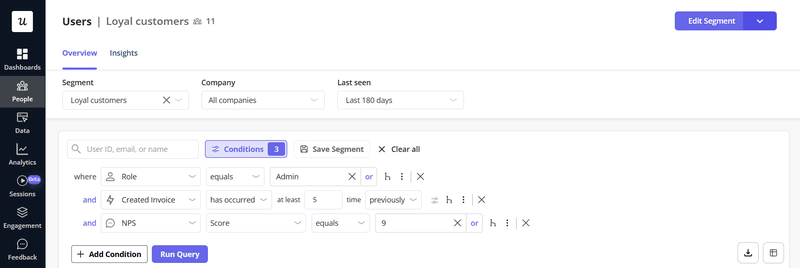
With these segments live, you can create tailored, multichannel experiences for each group.
For instance, if Userpilot analytics reveal that trial users who skip a key feature rarely convert to paid, you can automatically trigger an in-app flow to guide them toward it.
Afterward, you might reinforce the same message with a follow-up email or push notification to re-engage them outside the product. This seamless coordination between in-app and external channels keeps users connected to the experience wherever they are, turning insight into continuous engagement.
That’s exactly what Attention Insight achieved after adopting Userpilot. The team discovered that trial users weren’t converting because they didn’t stay long enough to experience the platform’s value. Using Userpilot, they built interactive walkthroughs code-free to guide new users more effectively. The result? A 47% boost in activation within a short time.
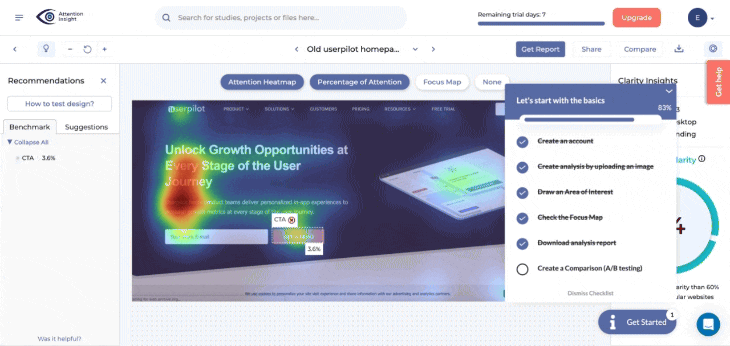
As a PostHog user, you’d need a separate third-party tool for onboarding or in-app messaging, plus the added effort of managing integrations, syncing data, and handling extra costs. With Userpilot, all of that happens natively, within one cohesive platform.
No-code experience to empower non-technical teams
Userpilot enables product teams to build and launch sophisticated onboarding flows, tooltips, in-app messages, and resource centers, all through an intuitive visual builder. The process is fast, fully code-free, and even supported by AI assistance to streamline content creation and iteration. This no-code flexibility is a key reason teams choose Userpilot over PostHog for rapid experimentation and deployment.
And it doesn’t stop at the builder. Userpilot also includes a no-code event labeler that simplifies data tracking and analysis. Once the initial setup is complete, product managers and growth teams can independently tag events, create flows, and interpret analytics without relying on developers. All these contribute to faster launches, smoother collaboration, and complete autonomy for non-technical teams.
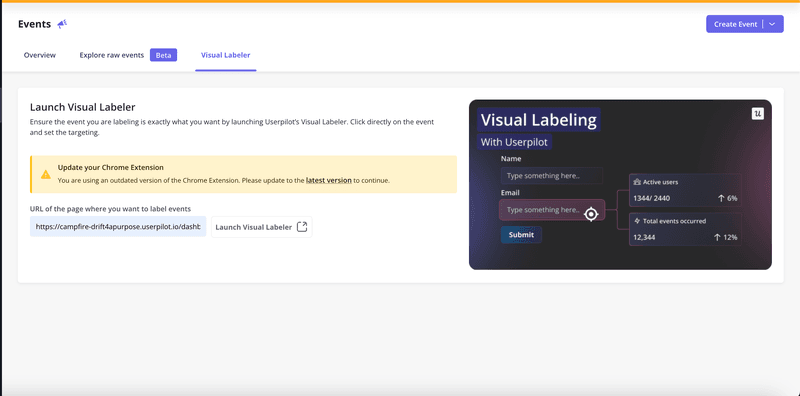
Conclusion: Is PostHog worth the price?
When evaluating PostHog pricing, it’s important to look beyond the numbers and focus on overall value. The true cost of a product analytics platform isn’t just in its subscription or per-event rate; it’s in how much insight, autonomy, and efficiency it delivers to your team.
PostHog offers a powerful suite of analytics, experimentation, and feedback tools that make it seamless to understand user behavior. For data-driven teams with strong engineering resources, the platform’s flexibility and open-source nature can easily justify its cost, especially when granular control and full data ownership are priorities.
However, for product teams that want to move faster, launch experiments without developer dependency, and act on insights in real time, Userpilot is the more practical choice. It blends analytics, in-app engagement, and feedback into a single no-code platform, allowing you to create personalized user experiences and drive adoption without technical overhead. Plus, it’s transparent MAU-based pricing ensures clarity and predictability as you scale.
Ready to see how Userpilot helps you turn insights into growth? Book a demo today.

